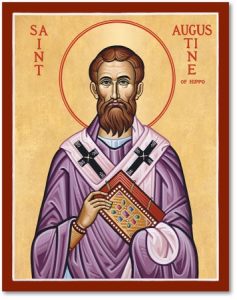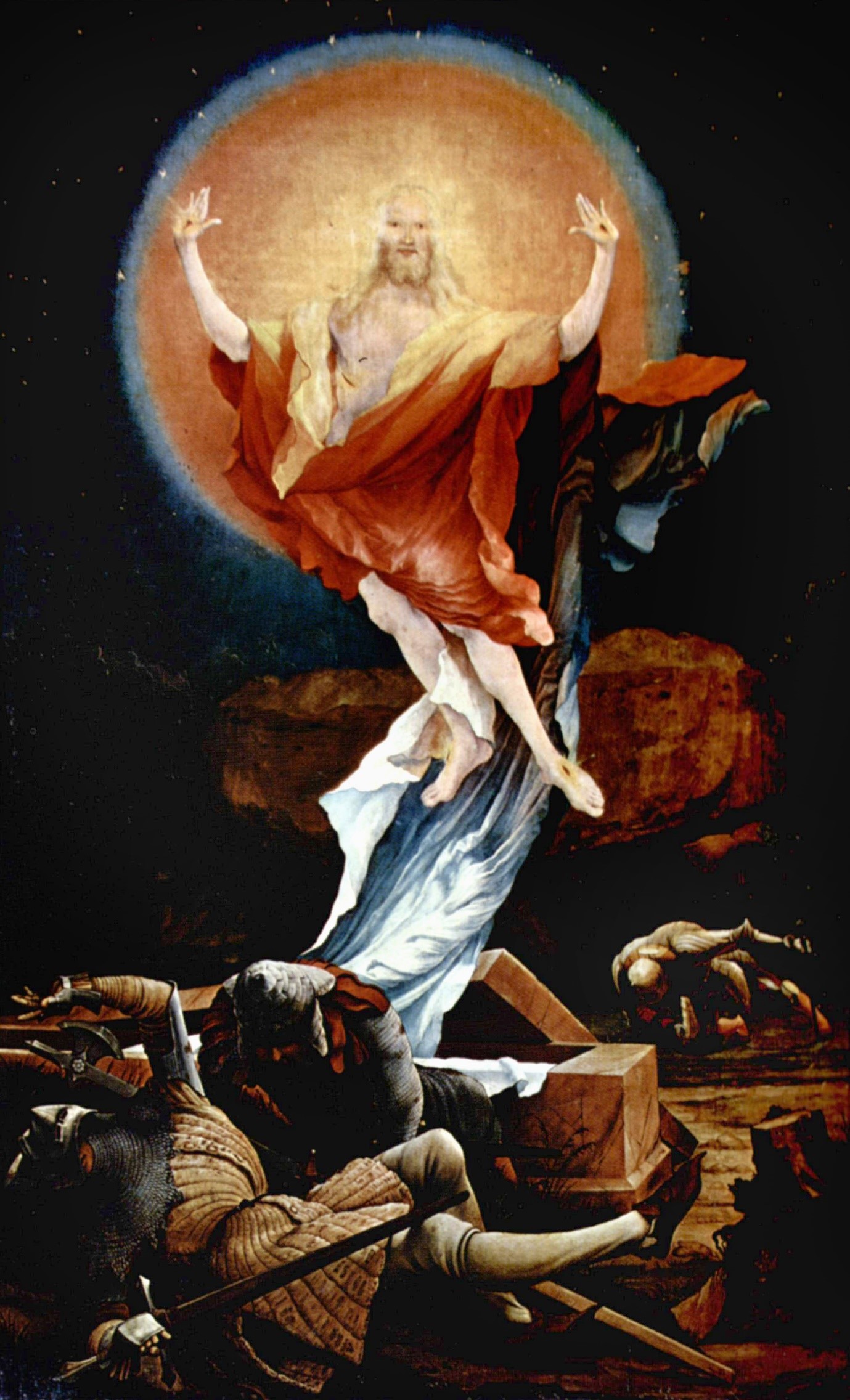“… we declare God’s wisdom, a mystery that has been hidden and that God destined for our glory before time began. None of the rulers of this age understood it, for if they had, they would not have crucified the Lord of glory.” 1 Corinthians 2.7-8
This year, April Fool’s Day and Easter Sunday coincide for the first time in 62 years. This gives us another, unusual, opportunity to reflect further on the meaning of Christ’s death and resurrection for our salvation.
There are several theories, or models, of the ‘Atonement’: this word describes the doctrine of what Jesus did for us in salvation. Sometimes theologians argue about which theory is the best. I prefer to embrace all of them, because Christ’s awesome work of liberation is so all-encompassing, so cosmic in its scope, that no single model can explain it all.
But one, rather strange picture of the atonement, occurs to me, as I meditate on the coming together of Easter Sunday and April Fool’s Day. This is the idea that God tricked the devil, when Christ rose from the dead.
 This idea was developed by the early church fathers. These were the leaders and theologians of the church, during the centuries immediately after the New Testament was written. One, called Gregory of Nyssa, from modern-day Turkey, built on the Biblical idea that Christ’s death was offered as a ransom, to buy us back from slavery to sin and the devil.
This idea was developed by the early church fathers. These were the leaders and theologians of the church, during the centuries immediately after the New Testament was written. One, called Gregory of Nyssa, from modern-day Turkey, built on the Biblical idea that Christ’s death was offered as a ransom, to buy us back from slavery to sin and the devil.
Our sins refer to our deliberate acts of disobedience to God’s Law, our treatment of other people in such a way as to hurt them. These all lead us to be held captive by a spiritual force for evil in the world, which Scripture personifies as the devil.
As Gregory explained it, the devil thought he had a good bargain; getting Jesus killed, even in return for setting all the people free, would give him a free hand in the future, with no Divine opponent. But God Augustine said, had hidden Christ’s divinity under the cloak of his humanity, so the devil didn’t realise what he was getting into.
We read an echo of this in 1 Corinthians 2.6-10. As a result, the devil didn’t realise that he couldn’t make Jesus stay dead! And in the resurrection was soundly defeated by Christ, as a result of God’s clever trickery!
 Another early church theologian, Augustine from North Africa, suggested that the cross was like a mousetrap, baited with Christ’s blood which tricked and trapped the devil. You see, preachers, even in those days, were always searching for fitting images to illustrate their sermons!
Another early church theologian, Augustine from North Africa, suggested that the cross was like a mousetrap, baited with Christ’s blood which tricked and trapped the devil. You see, preachers, even in those days, were always searching for fitting images to illustrate their sermons!
As a result, there was much fun & celebration at Easter services during the Middle Ages. It is a celebration that Jesus has defeated the enemy, and set us free. It also demonstrates that God had a good sense of humour, by playing this practical joke on satan.
It also shows us that nothing can hold us captive, if we turn to Christ. No trap can hem us in. For some of us, when we cry out to him, it will produce an immediate deliverance; for others, perhaps most, it means entering into a process of liberation, which will take time. But, be assured, your deliverance has been achieved.




